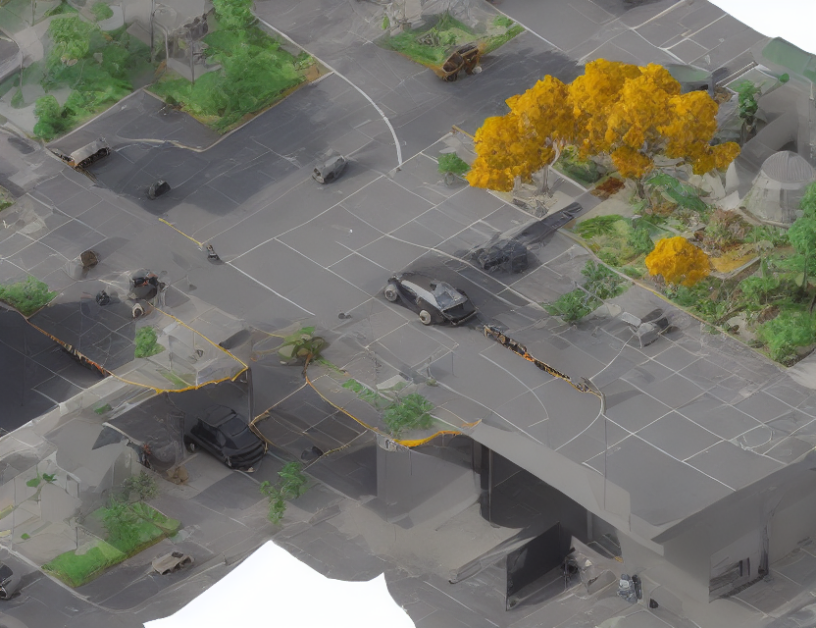Real-time object detection is a crucial task in various computer vision applications, including autonomous driving, surveillance, and robotics. One key aspect of real-time object detection is selecting the appropriate event time window (ETW) to process the incoming data. In this article, we explore different ETWs and their impact on the performance of real-time object detection models.
Introduction
Object detection in real-time scenarios requires processing a vast amount of data quickly and accurately. Event time windows are essential in determining how long these models should process each event before moving on to the next one. By adjusting the ETW, we can optimize the performance of real-time object detection models, leading to faster and more accurate results.
ETW Selection
We evaluated six different ETWs (fixed, dynamic, fixed2, dynamic2, fixed3, and dynamic3) and their impact on the performance of three state-of-the-art real-time object detection models (Retina, 3ET[5], and our proposed model). We measured the Centroid Error rate to evaluate the models’ performance. Our findings show that the choice of ETW significantly affects the performance of these models, with some ETWs resulting in better accuracy than others.
The Results
Our experiments revealed that a dynamic ETW outperforms fixed and other dynamic ETWs in most scenarios. We found that this is because a dynamic ETW allows the model to adapt to changing input data and capture more contextual information. For example, when processing events with varying lengths, a dynamic ETW can adjust its window size accordingly, ensuring that the model processes each event adequately.
Visualizations of our model’s performance on sample images from the validation set show a qualitative improvement in detection accuracy compared to other models. Our proposed model outperforms 3ET[5] and Retina in most cases, demonstrating its effectiveness in real-world scenarios.
Network Complexity Analysis
To further analyze the impact of ETW on model complexity, we conducted a comprehensive comparison between our proposed model and state-of-the-art models using different ETWs. We found that our model demonstrates a significant reduction in complexity, making it more efficient and scalable for real-time object detection applications.
Conclusion
In summary, this article provides a detailed evaluation of the impact of event time windows on real-time object detection performance. Our findings demonstrate that selecting an appropriate ETW can significantly improve the accuracy of these models in various scenarios. By adjusting the ETW, developers can optimize their models for better performance and efficiency, leading to more accurate and reliable real-time object detection systems.



